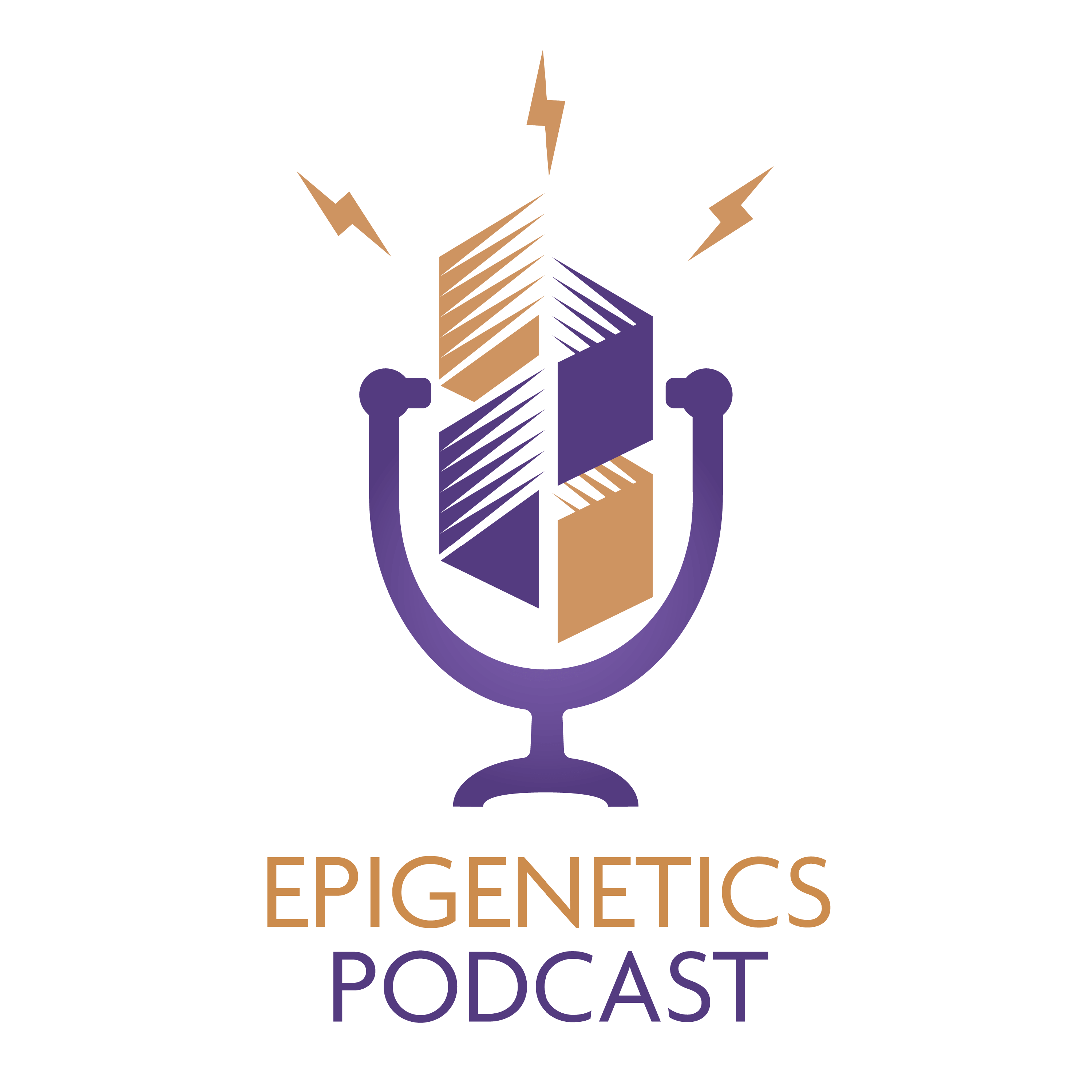- Other
- SEE MORE
- classical
- general
- talk
- News
- Family
- Bürgerfunk
- pop
- Islam
- soul
- jazz
- Comedy
- humor
- wissenschaft
- opera
- baroque
- gesellschaft
- theater
- Local
- alternative
- electro
- rock
- rap
- lifestyle
- Music
- como
- RNE
- ballads
- greek
- Buddhism
- deportes
- christian
- Technology
- piano
- djs
- Dance
- dutch
- flamenco
- social
- hope
- christian rock
- academia
- afrique
- Business
- musique
- ελληνική-μουσική
- religion
- World radio
- Zarzuela
- travel
- World
- NFL
- media
- Art
- public
- Sports
- Gospel
- st.
- baptist
- Leisure
- Kids & Family
- musical
- club
- Culture
- Health & Fitness
- True Crime
- Fiction
- children
- Society & Culture
- TV & Film
- gold
- kunst
- música
- gay
- Natural
- a
- francais
- bach
- economics
- kultur
- evangelical
- tech
- Opinion
- Government
- gaming
- College
- technik
- History
- Jesus
- Health
- movies
- radio
- services
- Church
- podcast
- Education
- international
- Transportation
- kids
- podcasts
- philadelphia
- Noticias
- love
- sport
- Salud
- film
- and
- 4chan
- Disco
- Stories
- fashion
- Arts
- interviews
- hardstyle
- entertainment
- humour
- medieval
- literature
- alma
- Cultura
- video
- TV
- Science
- en
DNA Methylation and Mammalian Development (Deborah Bourc'his)

In this episode of the Epigenetics Podcast, we caught up with D\xe9borah Bourc'his from L'Institut Curie in Paris to talk about her work on the role of DNA methylation in mammalian development.\nDuring her postdoc years D\xe9borah Bourc'his was able to characterize DNMT3L, a protein with unknown function at that time. It turned out that this protein is the cofactor responsible for stimulating DNA methylation activity in both the male and the female germline. Later on she discovered a novel DNA methylation enzyme called DNMT3C, which was unknown because it was not properly annotated, there was no sign of expression, and it was only expressed in male fetal germ cells. Furthermore, this enzyme only evolved in rodents, as a defense against young transposons. \nIn this episode we discuss the story behind how D\xe9borah Bourc'his was able to discover and characterize the DNA methylation enzymes DNMT3L and DNMT3C and their role in mammalian development. \n\xa0\nReferences\n\nR. Duffie, S. Ajjan, \u2026 D. Bourc\u2019his (2014) The Gpr1/Zdbf2 locus provides new paradigms for transient and dynamic genomic imprinting in mammals (Genes & Development) DOI: 10.1101/gad.232058.113\n\n\nNatasha Zamudio, Joan Barau, \u2026 D\xe9borah Bourc\u2019his (2015) DNA methylation restrains transposons from adopting a chromatin signature permissive for meiotic recombination (Genes & Development) DOI: 10.1101/gad.257840.114](https://doi.org/10.1101/gad.257840.114)\n\n\nMarius Walter, Aur\xe9lie Teissandier, \u2026 D\xe9borah Bourc\u2019his (2016) An epigenetic switch ensures transposon repression upon dynamic loss of DNA methylation in embryonic stem cells (eLife) DOI: 10.7554/eLife.11418](https://doi.org/10.7554/eLife.11418)\n\n\nJoan Barau, Aur\xe9lie Teissandier, \u2026 D\xe9borah Bourc\u2019his (2016) The DNA methyltransferase DNMT3C protects male germ cells from transposon activity (Science (New York, N.Y.)) DOI: 10.1126/science.aah5143\n\n\nMaxim V. C. Greenberg, Juliane Glaser, \u2026 D\xe9borah Bourc\u2019his (2017) Transient transcription in the early embryo sets an epigenetic state that programs postnatal growth (Nature Genetics) DOI: 10.1038/ng.3718\n\n\nRoberta Ragazzini, Raquel P\xe9rez-Palacios, \u2026 Rapha\xebl Margueron (2019) EZHIP constrains Polycomb Repressive Complex 2 activity in germ cells (Nature Communications) DOI: 10.1038/s41467-019-11800-x\n\n\nDura, M., Teissandier, A., Armand, M., Barau, J., Bonneville, L., Weber, M., Baudrin, L. G., Lameiras, S., & Bourc\u2019his, D. (2021). DNMT3A-dependent DNA methylation is required for spermatogonial stem cells to commit to spermatogenesis [Preprint]. Developmental Biology. https://doi.org/10.1101/2021.04.19.440465\n\n\xa0\nRelated Episodes\n\nEffects of DNA Methylation on Diabetes (Charlotte Ling)\n\n\nEpigenetic Reprogramming During Mammalian Development (Wolf Reik)\n\n\nEffects of DNA Methylation on Chromatin Structure and Transcription (Dirk Sch\xfcbeler)\n\n\nCpG Islands, DNA Methylation, and Disease (Sir Adrian Bird)\n\n\xa0\nContact\n\nActive Motif on Twitter\n\n\nEpigenetics Podcast on Twitter\n\n\nActive Motif on LinkedIn\n\n\nActive Motif on Facebook\n\n\nEmail: podcast@activemotif.com